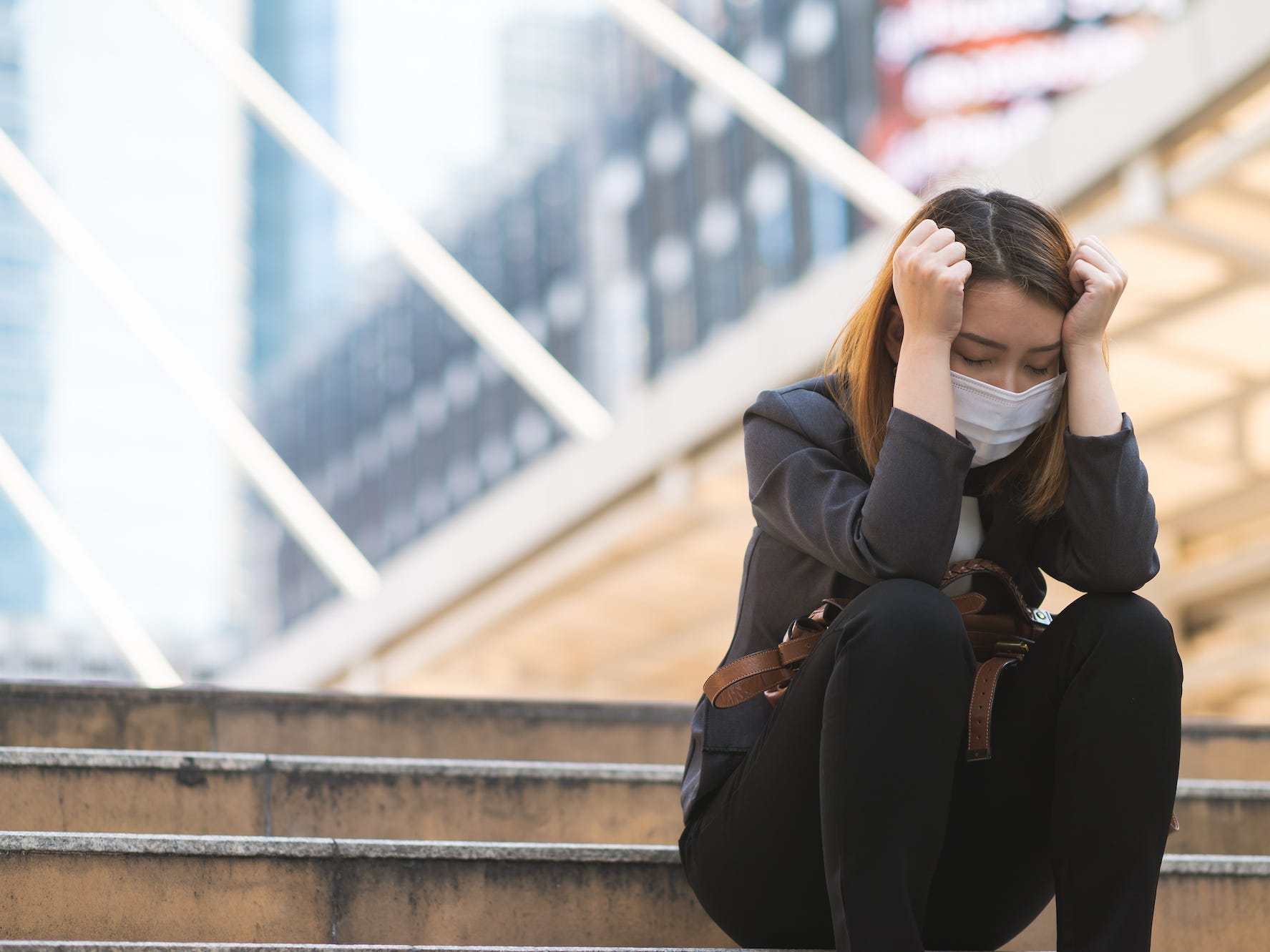- The pandemic and lockdowns are taking a toll on people’s mental health.
- The US Census Bureau has been conducting a weekly survey to learn more about the pandemic’s effects on US households, including frequency of feeling symptoms of anxiety and depression.
- Younger adults were more likely to report feeling these symptoms frequently than other age groups.
- There was also a big increase between the end of April and mid-July in the share of Americans age 18 to 29 who reported those feelings.
- Visit Business Insider’s homepage for more stories.
Job losses, concerns around reopening schools, social distancing practices, and other effects of the coronavirus pandemic are taking a toll on the mental health of Americans, and it’s especially affecting the mental health of younger Americans.
The US Census Bureau, with the help of other federal agencies like the National Center for Health Statistics, has been conducting an experimental Household Pulse Survey since April to learn more about the coronavirus’ effects on Americans.
The weekly survey asks four questions regarding mental health: Two cover symptoms of anxiety and two ask about symptoms of depression. We decided to see how responses changed among age cohorts between the first survey cycle, covering April 23 to May 5, and the most recently available data, between July 16 and July 21.
The survey found that younger Americans were more likely to report frequently experiencing these feelings than older age cohorts.
The CDC's Morbidity and Mortality Weekly Report similarly reported higher shares of anxiety and depression for Americans age 18 to 24 compared to older age groups during June 24 to June 30. According to an OECD survey reported on by the World Economic Forum, people age 15 to 24 around the world are most likely to worry about their mental health amid the pandemic, followed by concerns about employment.
More specifically, the pandemic is affecting the mental health of American workers. A MetLife survey from July found about 30% of 2,000 American workers surveyed feel they are experiencing burnout, and more than 60% reported they are feeling multiple symptoms of this.
The following charts show the Census Bureau's survey results by age group.
Among respondents between 18 and 29 years old, the share of people who felt nervous or anxious increased by about five percentage points from the end of April to mid-July.
40% of respondents age 18-29 felt nervous, anxious, or on edge more than half of the last seven days or nearly every day during the survey taken between April 23 and May 5, while just 26.0% of people in this age group did not feel this way at all during the same week of polling. Older age cohorts were less likely to report frequent feelings of nervousness or anxiety.
The share of respondents between age 30 and 39 who can't stop worrying increased by nine percentage points from the end of April to mid-July.
Respondents age 18 to 29 saw an eight percentage point increase between the end of April and mid-July, one percentage point behind the share of respondents age 30 to 39 who couldn't stop worrying at least more than half of the week.
According to the round of polling during July 16 to July 21, about a third of respondents in each of the three youngest age groups reported they couldn't stop worrying for more than half of the days in the week or nearly every day.
The survey also asked about common symptoms of depression. All age groups saw an increase in a lack of interest, but a higher share of younger adults reported feeling this way more than half of the week or nearly every day.
Among respondents age 18 to 29, 37% felt a lack of interest more than half of the week or nearly every day for the week starting on July 16, a seven percentage point increase from the week starting on April 23.
Younger adults are more likely to feel down or hopeless more than half of the week or nearly every day than any other age group.
Among respondents age 18 to 29, 36% felt hopeless or down more than half of the week or nearly every day for the week starting on July 16, an eight-percentage point increase from the week starting on April 23. Only 24% of people age 50 to 59 felt this feeling in mid-July, a five-percentage point increase from the week of April 23 to May 5.
